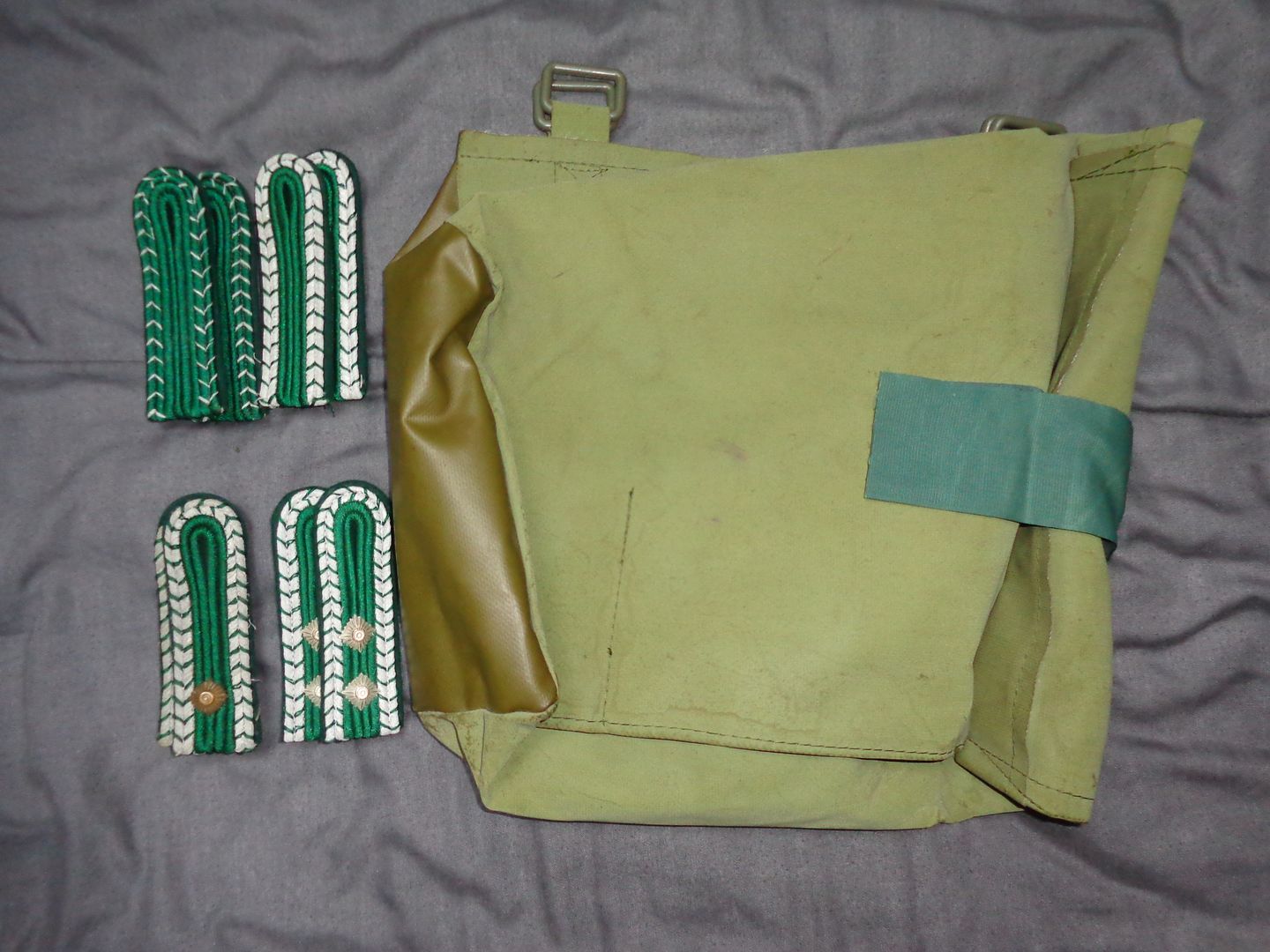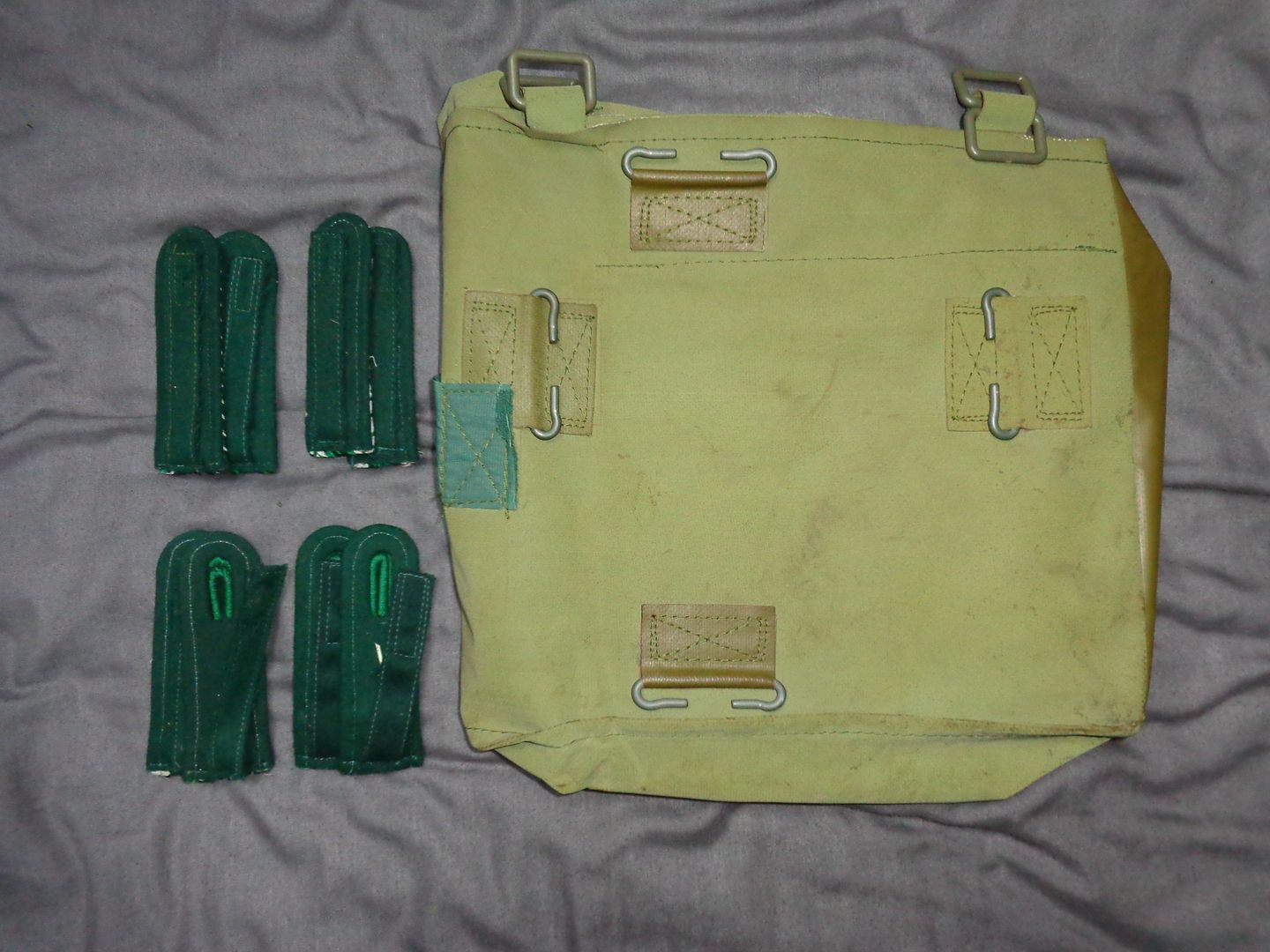Originally posted by Klaus1989
View Post
 I started accumulating 1st model stuff around 2006 through this year. Anyway, it seems neither of us care about this so there's no point in discussing it further.
I started accumulating 1st model stuff around 2006 through this year. Anyway, it seems neither of us care about this so there's no point in discussing it further.
The only real difference for early production jackets from 1958 is the lack of shoulderboard loops, which is my interest. Otherwise is only a date and would not care.
From this information I have a theory that sometime after V/59 production the regulations were changed to add loops. Many jackets in stock were professionally modified to have the loops added, others were modified by the soldiers or perhaps local tailors.
Coincidentally the Austrians were doing the exact same thing in 1959/60 with their older KAZ57 uniforms. The uniforms were produced without epaullets, but at some point before the KAZ59 uniform went into production they decided to adopt shoulder rank. They retroactively added epaulettes (either with snaps or with buttons) to the older uniforms. They must have done a very thorough job because I don't think I've ever seen a KAZ57 jacket without epaulets.
Swiss and Swedish armed forces also have a history of major modifications to older stocks of uniforms to conform with newer uniform designs.
Because they not break them out of storage, they were still issued this late for field exercises! It took long time for some units to receive new uniforms.
Einsatzhosen were already phased out in mid-late 70s. Trousers are for the Mehrzweckanzug (introduced 1973), could be the earlier schwarzgrün instead of moss green introduced after 1976 (except for GSG 9), but hard to tell.
btw completely different from Gene T's trousers. Not sure what his are, material look similar to BGS summer tunic worn in 1950s-60s, but the elastic bands are more 60s feature.
Steve










Comment